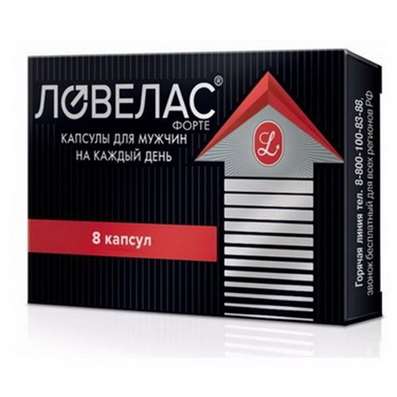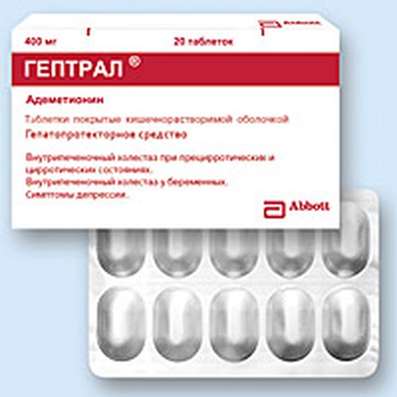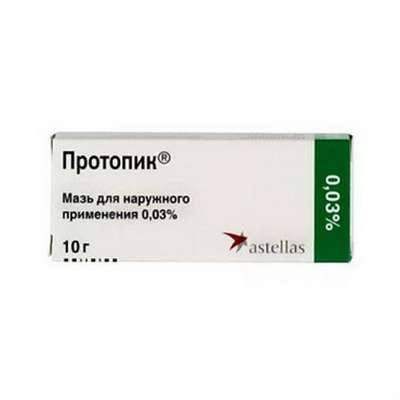Work of Genes - Additive Genes of Bacteria
27 Oct 2016
Microbiologist says about Molecular cell based toxin-antitoxin new systems and the exposure action of antibiotics. As the system "toxin - antitoxin" bacteria help cells fight with antibiotics? What happens when a cell loss of genes encoding the toxin and antitoxin? How to stimulate the growth of cells contributes to the treatment of certain diseases?
About addiction, or addiction, or dependence, not heard, probably just lazy. And probably, many believe that this is a purely human characteristic. The interesting thing is that the cells can also have dependencies. It's Molecular dependence. And there, in contrast to this addiction, if there is one, the mechanisms are very well known. In English literature, this is called addiction models. This is some interesting protein molecules that tend to make the bacterial cell all the time to maintain their confidence. Because, if the cell suddenly lose this kind of molecule, it will die. This is a real addiction.
Heart cells depends on Meldonium protection, brains need Semax, Cogitum and Phenotropil.
How exactly does it work? The principle is very simple, again based on molecular interactions. Imagine that in the cell there are two genes that code for two proteins, two products, one of which is a toxin capable of killing the cell, and the other is an antitoxin. Antitoxin - it is simply a molecule binds to a toxin and does not allow him to show their toxic effect. Thus, if the cell has a set of two genes and thus products is in principle quite easy lives because, despite the fact that it is present in the toxin, antitoxin does not allow it to prove.
Then there is an interesting situation. The fact that the toxin and antitoxin have different half-lives, or different decay rates that one and the same. And it turns out that the long-lived toxin - is a stable protein and antitoxin - very short-lived, he always breaks. Accordingly, to the cell, and there is not dead, it needs to constantly be a source of new-toxin molecules. This occurs at the working level, or expression of genes when there toxin gene and antitoxin, usually they are very DNA adjacent to each other. Both genes work, which means that they are transcribed RNA is formed with RNA made proteins. And then there are all these toxins, antitoxins.
Generally speaking, the cell, these genes are not needed. These genes - a typical case of selfish genes. Do not they need a cell, and the cell they need in order to exist. Cage - this is the environment in which they live. Selfish DNA in its purest form. But this time the cell DNA is not necessary, of course, the cell would have tried it, generally speaking, to lose, because the support of these genes and their products takes some energy cell resources and, consequently, affect its suitability.
Let's see what happens with the cell, which decided this complex of two genes encoding the toxin and antitoxin, to lose. This can occur once spontaneously: the gene is not needed - that he was lost. With the loss of this gene complex appears The following situation: the toxin as a long-lived, there will be a certain amount of time, the antitoxin rapidly disintegrate, and a new synthesis or production of new antitoxin is not because the relevant gene is simply lost.
As a result, the cell pay the most terrible payment for what she tried to increase its efficiency, namely dies.
That is why it is called modules addictiveness because, once received a set of genes, it is impossible to get rid of him. That is, it can be done only by means of his own death. Surprisingly, it turns out that in prokaryotes the world, in the world of non-nuclear cells, bacteria, the amount of toxin-toxin systems very much, because, apparently, the strategy for the selfish DNA was just a very winning. And there are plenty of the most interesting systems of this kind. The most famous from the mechanical point of view (the principle that different lifetime for the toxin and antitoxin is maintained) - a system of restriction and modification.
We are interesting because of all molecular cloning has arisen due to the fact that we, the scientists, biotechnologists, actually began to use the toxin from the system. The toxin acts as an enzyme called restriction enzymes or restriction endonuclease. She can recognize a specific DNA region and make it a double-stranded break, which, generally speaking, means that the cell then dies. But antitoxin is another enzyme called methyltransferase, or methylase he finds exactly the same DNA sequence and methylates this sequence, ie contributes to the equivalent of a small modification. As a result of this modification restriction enzyme loses the ability to recognize this place.
Thus, if the site is not modified, not methylated, the restriction enzyme see through it, and this is equivalent to death. If the site is modified antitoxin, then everything is fine, it is possible to exist. Naturally, the restriction enzyme is a long-lived, so that, God forbid, that cell which has decided to get rid of this remarkable system, did not survive. Given that the majority of restriction enzymes recognize very specific DNA sequencing, molecular biologists began to use it since the late 1970s to clone, to generate recombinant molecules, and neither interferon nor insulin, nor all these things that are very popular now and save life of the masses of people, there would be if it had not been opened these systems.
The situation, of course, in the cells and their parasites (in this case the parasites are selfish genes and toxin complexes antitoxin, addictiveness or modules) is never unequivocal, is never pure parasitism - there is always some kind of symbiosis. It turns out that in addition to the fact that the toxin-toxin systems support themselves, they really are, of course, are interested in maintaining the health and life of the cell in which they live. Because ultimately, if the cell dies, and they will die. And, it turns out, they are useful for cells at various levels. The same restriction and modification system actually makes a cell, for example, from viruses. Because if in a cage, God forbid, will be injected into the DNA of the virus, which is going to the cell lysis, to produce new viruses, the majority of DNA cases of this virus will not be modified, therefore, the restriction enzyme, located in the cell learns sequences that it should found in the DNA of the virus, and see through them. The cell will be saved, because it is protected by its own DNA methylation, and foreign DNA - no. Perfectly.
In addition, the "toxin - antitoxin" systems allow the cells to fight with antibiotics. From the perspective of cells is good. It is not very good from the point of view of us. How does this happen? The fact that, despite the fact that during the evolution of systems level work toxin and antitoxin genes somehow collimated, so that on the whole was good, there is always some low percentage tenths of a percent of the cells in which all of a sudden for some reason the toxin was too much. It would seem that everything is fine, but that's purely a stochastic effect. And some of the cells in the population, even in an environment where the nutrient medium does not limit and has all the conditions for rapid growth, not growing. They for some time stopped simply because the accident occurred is too great accumulation of toxin accumulation which antitoxin here and now could not compensate. Is this good or bad? It turns out that it's good, because it is those cells that are not growing, are not subject to the action of antibiotics. Almost all antibiotics act on actively growing cells.
If there were no systems "toxin - antitoxin", then all the bacterial cells are completely stupid and boring robots are programmed to act strictly in relation to environmental conditions.
And if the food is, they are growing rapidly; if there is no food, they just stop. The presence of toxin-toxin systems leads to a conditional intracellular opposition who do not grow, although it would seem, can grow. It is these cells which in the case of antibiotics, for example, just survive. Because those who quickly grew, died, and those who are currently why stopped because they had too much of the toxin at this point, will survive - not because they are genetically different in a way, but because that purely stochastically they had a lot of growth disfavors molecule.
In Russian now also such a word appeared. In fact it is in the economy is called hedging - hedging risks. It is a strategy that allows you to prepare and be ready for the risks that may be, will be, or may be, will not. At the population level it means that not all cells behave efficiently, but in the case of changes in the conditions it can survive the entire community. At the patient level, unfortunately, this results in that, despite the use of antibiotics, there are antibiotic-resistant infections, which are not connected even with genetic stability, and simply with such resistance.
And, perhaps, even now it is not surprising, but the development of bioinformatics, in particular, showed that almost all the really serious pathogenic bacteria simply crammed systems "toxin - antitoxin", because they are always ready. Awareness of the importance of systems "toxin - antitoxin", this cell in the emergence of addiction, or perhaps better to say in the fundamental impossibility to cure certain bacterial infections resulting in a completely strange paradigm shift - I'm talking about the future, rather than what we have now. But in principle, it turns out that maybe the right strategy for complete curing certain diseases is not an attempt to suppress cell growth, but on the contrary, it is necessary to stimulate cell growth. That is, one can imagine that trying to selectively disable certain toxin-toxin systems, reducing the share of those cells, which somehow is not growing, hedging future risks and stimulating them to grow, you can thus exhibit the effect of all those wonderful antibiotics that medicine has gained in recent years, and here they are already yours, anywhere they go away from you. But this kind in the future.

 Cart
Cart





